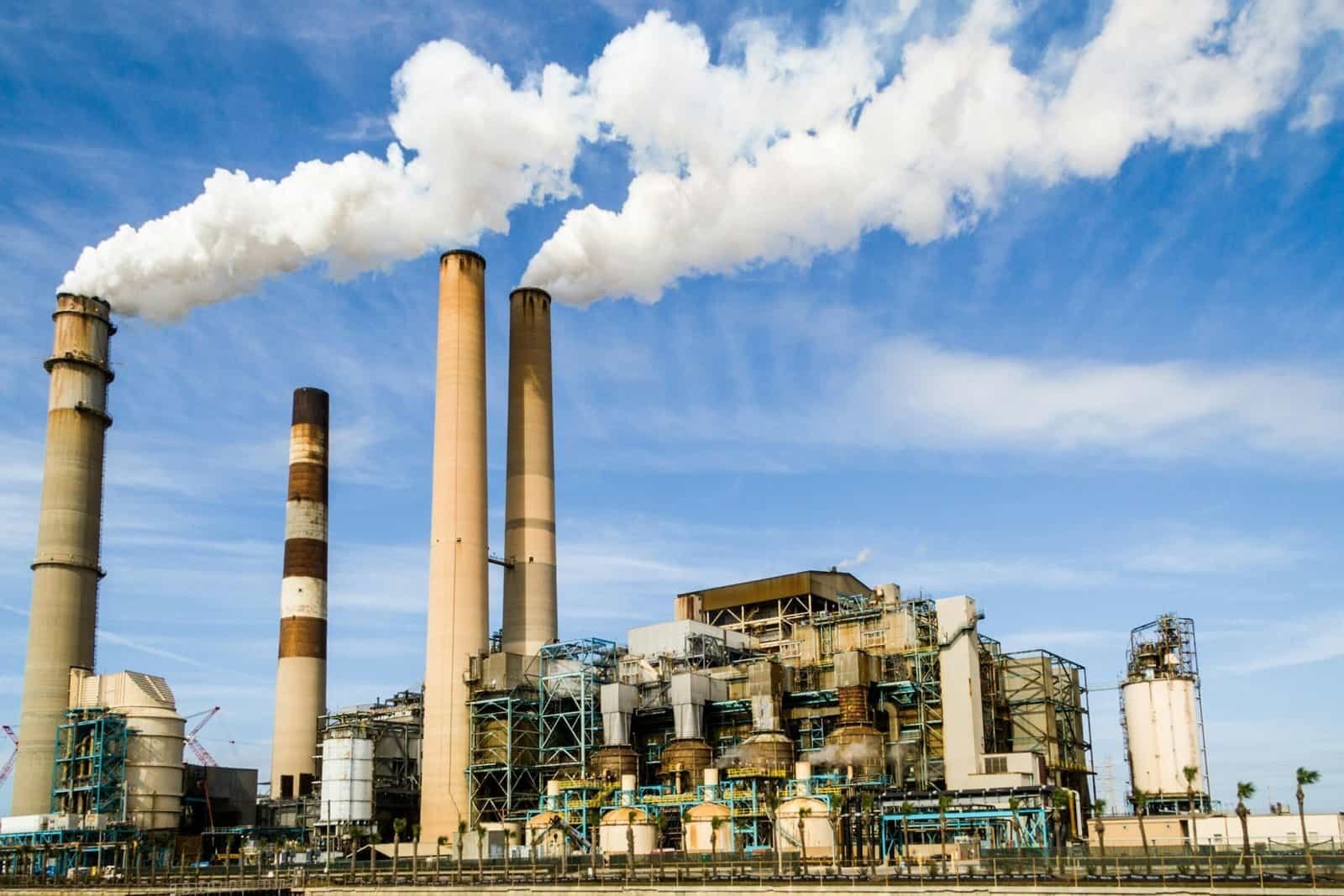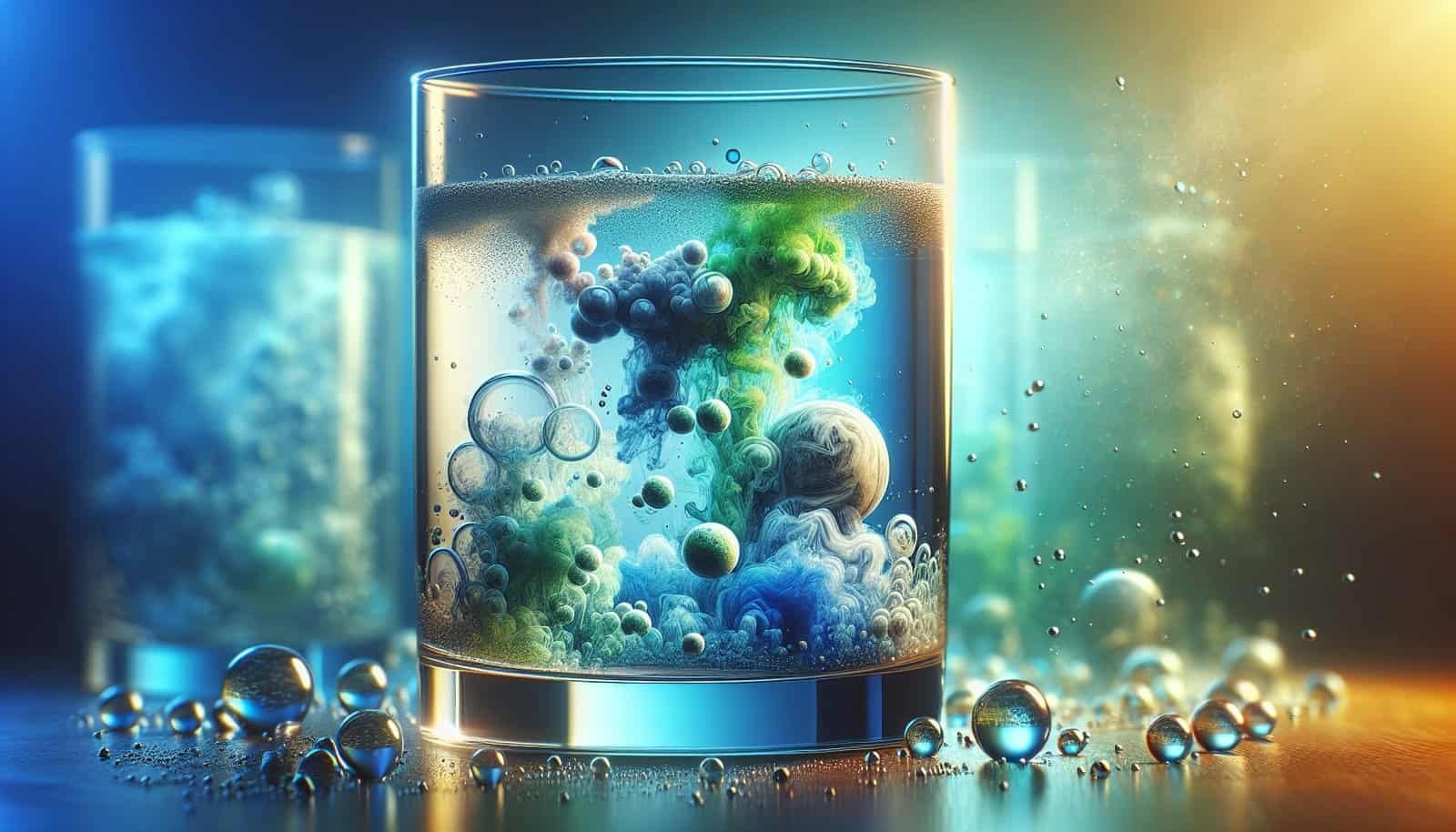Have you ever wondered about what might be lurking in your drinking water? Specifically, if you’ve ever heard about nitrate contamination, you might be curious about what it really means and whether it poses a danger to you and your loved ones. This article will dive deep into understanding nitrate contamination, its sources, health implications, and the possible concerns over fluoride in well water.
Understanding Nitrate Contamination
To begin, let’s define what nitrate contamination is. Nitrates are naturally occurring compounds that consist of nitrogen and oxygen. While nitrogen is essential for all living organisms, an excess of nitrates in water sources can lead to serious environmental and health concerns.
What Are Nitrates?
Nitrates are colorless, odorless, and tasteless compounds that are often found in fertilizers, septic systems, and industrial waste. In the soil, they help plants grow by supplying them with nitrogen. However, when used excessively or disposed improperly, nitrates can seep into groundwater and rivers, leading to contamination.
How Do Nitrates Enter Water Sources?
There are several pathways through which nitrates can enter and contaminate water systems. These include agricultural runoff, leaching from septic systems, industrial processes, and discharge from wastewater treatment plants. Each of these has implications for both environmental health and personal safety.
| Pathway | Description |
|---|---|
| Agricultural Runoff | When fertilizers, rich in nitrates, are applied to crops, excess amounts can be washed into nearby water bodies by rain. |
| Septic Systems | Improperly designed or maintained septic systems can leach nitrates into the groundwater. |
| Industrial Processes | Waste from industries that use or produce nitrates can contaminate local water supplies. |
| Wastewater Treatment | Facilities may inadvertently discharge nitrates into water systems if the treatment process is inadequate. |

The Dangers of Nitrate Contamination
Nitrate contamination is more than just a pollutant; it poses significant risks to human health and the environment. Here, we explore the various dangers associated with high levels of nitrates in drinking water.
Health Implications for Humans
The health impact of nitrate contamination is most severely manifested in infants, who can develop a condition known as “blue baby syndrome” or methemoglobinemia. This condition decreases the ability of blood to carry oxygen, which can be life-threatening if not treated promptly. Long-term exposure to high nitrate levels may also contribute to other health issues such as thyroid disease and certain types of cancer.
Environmental Impact
Beyond human health, nitrate contamination also severely affects aquatic ecosystems. Elevated levels of nitrates can lead to eutrophication, a process where water bodies receive an excess of nutrients. This can cause algae blooms, which deplete oxygen in the water, killing fish and other aquatic life.

Nitrate Contamination Levels
Understanding what constitutes an unsafe level of nitrates in drinking water is crucial for protecting your health. According to the Environmental Protection Agency (EPA), the maximum contaminant level (MCL) for nitrates in drinking water is 10 parts per million (ppm). Levels above this can pose significant health risks, particularly for infants and pregnant women.
How to Test for Nitrates in Your Water
If your drinking water comes from a private well, it is important to regularly test it for nitrate levels. Home testing kits are available for a preliminary analysis, but for accurate results, sending a sample to a certified laboratory is recommended. This will help you determine if remedial measures need to be taken.

Addressing Nitrate Contamination
Once you’ve identified nitrate contamination in your water, there are several steps you can take to address it. It’s crucial to understand the treatment options available and how to effectively safeguard your water supply.
Treatment Options
There are a variety of methods to treat and reduce nitrate levels in contaminated water. Here are a few commonly used techniques:
| Treatment Method | Description |
|---|---|
| Ion Exchange | This involves using a resin that exchanges ions in the water, effectively removing nitrate ions. |
| Reverse Osmosis | This process uses a semi-permeable membrane to remove nitrates and other impurities from water. |
| Distillation | By boiling water and condensing the vapor, this method separates pure water from the nitrates and other contaminants. |
Each of these methods has its own pros and cons, including costs and effectiveness, so it’s important to choose the right solution based on your specific circumstances.
Long-term Prevention
Preventing nitrate contamination is as crucial as treating it. This involves implementing better agricultural practices, regular maintenance of septic systems, and regulatory compliance by industries to limit nitrate discharges.
Regulatory Measures
Governments and agencies play a pivotal role in controlling nitrate contamination. The EPA, for example, sets standards for nitrate levels and monitors water quality across the United States. Lobbying for stricter regulations and funding for clean water initiatives can also make a significant impact.

Fluoride in Well Water: Should You Be Concerned?
While discussing water safety, it’s important to also consider other compounds like fluoride, often naturally present in well water. Fluoride has been discussed extensively due to its benefits for dental health, particularly in preventing cavities. However, concerns arise when levels are too high.
Understanding Fluoride Levels
The Centers for Disease Control and Prevention (CDC) recommends a fluoride concentration of 0.7 milligrams per liter (mg/L) in drinking water for optimal dental health. Levels significantly higher than this can lead to dental fluorosis or more severe health issues.
Testing and Treatment
Similar to nitrate testing, well water should be regularly tested for fluoride levels. If high concentrations are present, treatment systems such as activated alumina or reverse osmosis can be implemented to reduce fluoride content.

Conclusion
Nitrate contamination is a pressing environmental and health concern that requires both short-term and long-term solutions. Understanding the sources, dangers, and treatment methods helps you safeguard your family’s health. Likewise, maintaining optimal fluoride levels ensures that you reap its dental benefits without incurring health risks. Regular testing and proactive measures are essential steps in ensuring safe and clean drinking water.
Water safety is an ongoing commitment, one that requires vigilance and informed decision-making. Being aware and taking action protects not only your household but the environment at large. So, remain informed, test regularly, and implement safety measures to ensure the water from your tap remains safe and clean.
